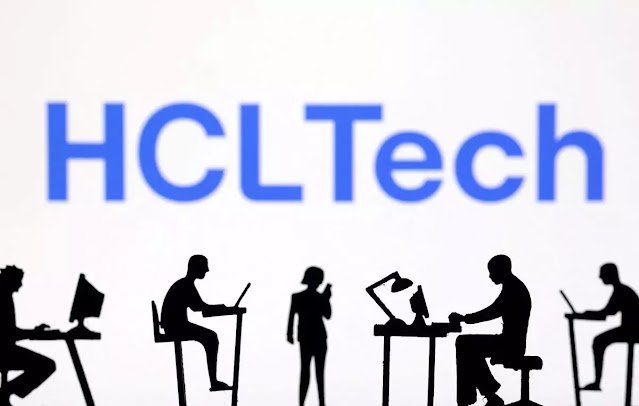Ray Kurzweil: 'We Are Going to Expand Intelligence a Millionfold by 2045':
Ray Kurzweil, the renowned American computer scientist and perennial techno-optimist, has long been a towering figure in the realm of artificial intelligence (AI). With a career marked by groundbreaking innovations and bold predictions, Kurzweil's vision of the future has been as inspiring as it is controversial. His 2005 bestseller, "The Singularity Is Near," captivated the world with its sci-fi-like forecasts, predicting that computers would achieve human-level intelligence by 2029 and that humanity would merge with machines to become superhuman by 2045—a phenomenon he termed "the Singularity."
As we stand on the cusp of 2024, Kurzweil, now 76, revisits these ideas in his latest book, "The Singularity Is Nearer." Remarkably, many of his once-outlandish predictions are now within the realm of possibility. In his role as a principal researcher and AI visionary at Google, Kurzweil continues to push the boundaries of what AI can achieve. In a recent interview with the Observer, speaking in his personal capacity as an author, inventor, and futurist, Kurzweil elaborated on his optimistic vision for the future of intelligence.
The Journey Towards the Singularity
Kurzweil's concept of Singularity hinges on the exponential growth of computing power, a trend he has meticulously tracked and predicted for decades. His belief is rooted in the idea that technological advancements follow a pattern of accelerating returns. According to this theory, the pace of progress increases exponentially, leading to rapid and transformative changes within short periods.
In "The Singularity Is Nearer," Kurzweil revisits his earlier predictions with a blend of optimism and realism. He acknowledges the progress made in AI over the past two decades, citing advancements in machine learning, natural language processing, and neural networks. Technologies like GPT-3, developed by Open AI, and Google's own AI initiatives are a testament to the strides made towards achieving human-level intelligence in machines.
The Road to 2029: Human-Level AI
Kurzweil's prediction that computers will reach human-level intelligence by 2029 may have seemed far-fetched in 2005, but today it appears increasingly plausible. The development of AI systems capable of understanding and generating human language, recognizing patterns, and even exhibiting creativity, suggests that we are on the right track. The progress in AI research, coupled with the vast amounts of data available for training these systems, has accelerated the timeline for achieving this milestone.
However, Kurzweil emphasizes that human-level AI is not the end goal but rather a stepping stone toward even more profound advancements. He envisions a future where AI systems not only match but surpass human intelligence in all domains, leading to an era of superintelligence.
The Singularity: Merging with Machines by 2045
The notion of merging with machines to become superhuman by 2045 remains one of Kurzweil's most provocative predictions. This idea, central to the concept of Singularity, involves integrating our biological brains with advanced AI systems to enhance our cognitive capabilities. Kurzweil argues that this merger will enable us to transcend the limitations of our human brains, expanding our intelligence a millionfold.
Advances in brain-computer interfaces (BCIs) and neurotechnology lend credibility to this vision. Companies like Neura link, founded by Elon Musk, are pioneering efforts to develop implantable BCIs that can seamlessly connect the human brain with computers. These technologies have the potential to revolutionize medicine, allowing us to treat neurological disorders and restore lost sensory and motor functions. Beyond medical applications, BCIs could enable direct communication between humans and AI, facilitating the kind of symbiotic relationship Kurzweil envisions.
The Ethical and Societal Implications
While Kurzweil's predictions are undeniably exciting, they also raise important ethical and societal questions. The prospect of superintelligent AI and human-machine integration poses significant challenges, including issues of privacy, security, and inequality. Kurzweil acknowledges these concerns and advocates for responsible and inclusive development of AI technologies. He emphasizes the need for robust ethical frameworks and global cooperation to ensure that the benefits of AI are shared equitably across society.
Conclusion: A Future of Infinite Possibilities
Ray Kurzweil's vision of the future is one of boundless potential. His predictions, once dismissed as fantastical, are now grounded in the rapid advancements of AI and neurotechnology. As we approach 2029 and beyond, the possibility of achieving human-level AI and merging with machines to become superhuman no longer seems like science fiction but a tangible future.
Kurzweil's work serves as a reminder of the power of human ingenuity and the transformative impact of technology. As we navigate this uncharted territory, it is crucial to approach these advancements with a sense of wonder, responsibility, and a commitment to improving the human condition. The journey towards Singularity is not just about expanding our intelligence but about redefining what it means to be human in an age of unparalleled technological progress.
COMPILED BY: NEERAJ KHATRI
.jpeg)



Comments
Post a Comment